G. Streitwolf Flute Restoration
This flute was a very lucky ebay purchase and came
to me needing a lot of TLC. Somewhere along the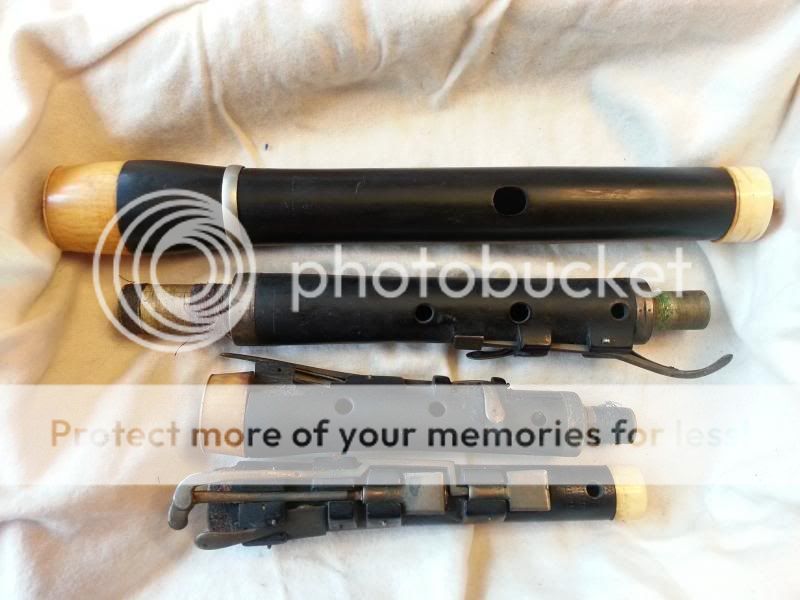
line someone had put clarinet pads on the flat keys
to replace the original pads, so I am guessing this
flute was played through the early 20th century
possibly, or someone tried to resurrect it at that
time. Gottlieb Streitwolf (1779 - 1837) lived in
Gotingen flourishing from circa 1800 to 1837. He
was a well known maker of flutes, oboes, and
clarinets, and his instruments are rare and often
found in museum collections. Streitwolf was also
known to be an innovator of instrument design and
construction, which is well represented with this
flute as you will see below.
This flute was meant to play at two pitches without
the use of a corps de rechange, evidence of which
is found on the alignment lines at the end of the two
middle joints. The tenons are completely metal, but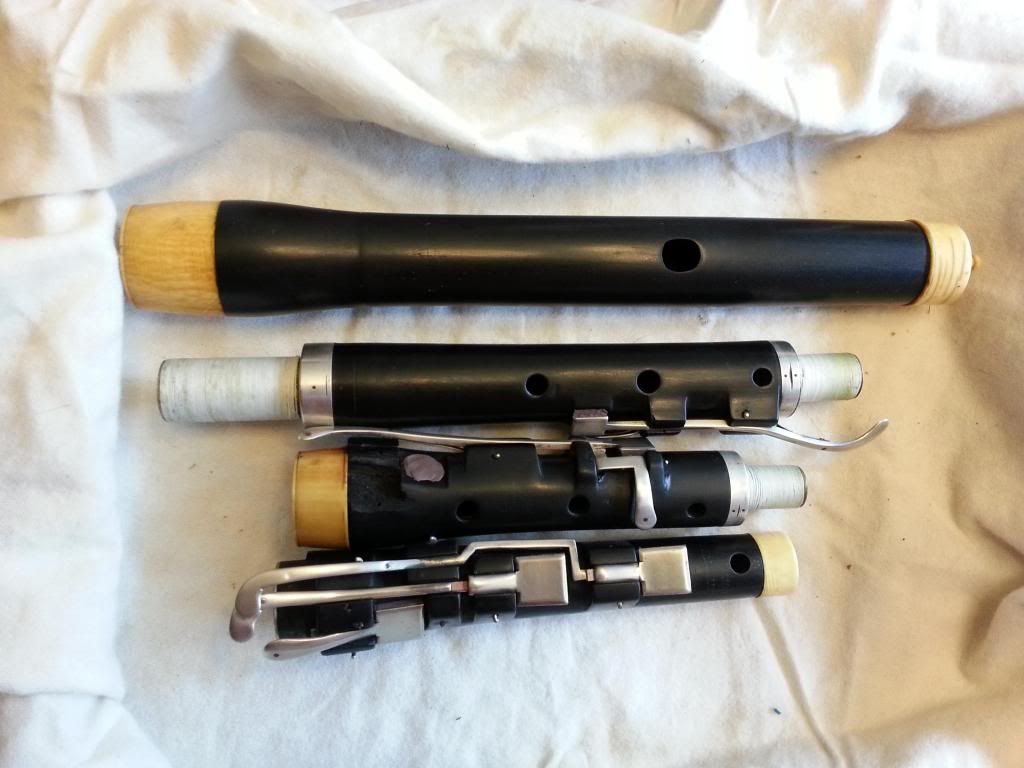
still wrapped with thread, and the embouchure hole
is squared, but not as rectangular as some examples
of his squared embouchure holes. The flute is
constructed of ebony. Ebony, being prone to cracks
to begin with, coupled with the metal tenons, caused
many cracks along the joint ends. The g-sharp block
mount was damaged years ago and someone leveled
out the wood and inserted a new block mount, which
was subsequently damaged years ago as well.
My goal with this flute was to clean it up, seal and fill
in the cracks, oil the wood, polish the outside, polish
the keys, re-pad, and re-wrap the tenons. The new
g-sharp block mount, key, and replacement ivory ring
will be completed by Boaz Berney in Canada.
The pictures below show the progression of filling in and sealing a very large crack in the headjoint. (Old glue cleaned out, filled and sanded smooth, and finally polished out)
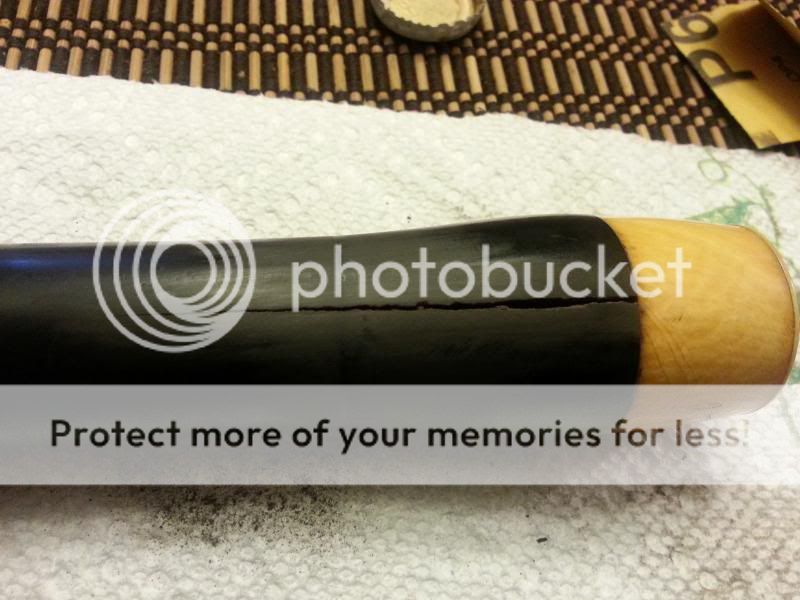
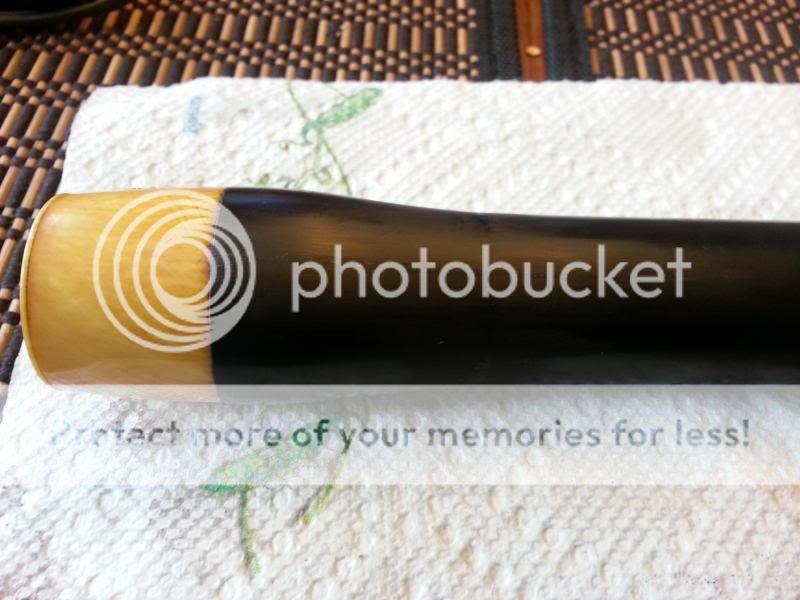

Other cracks that were sealed and old pin repair holes made smooth:
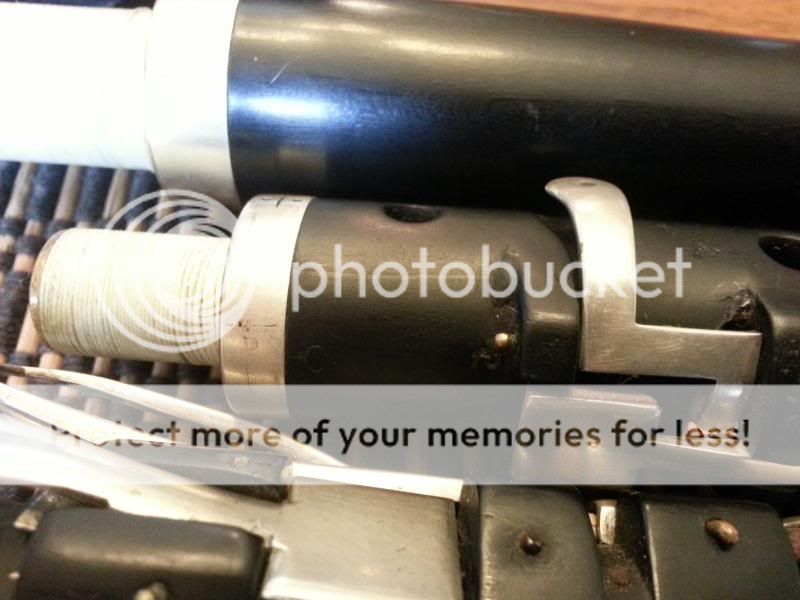
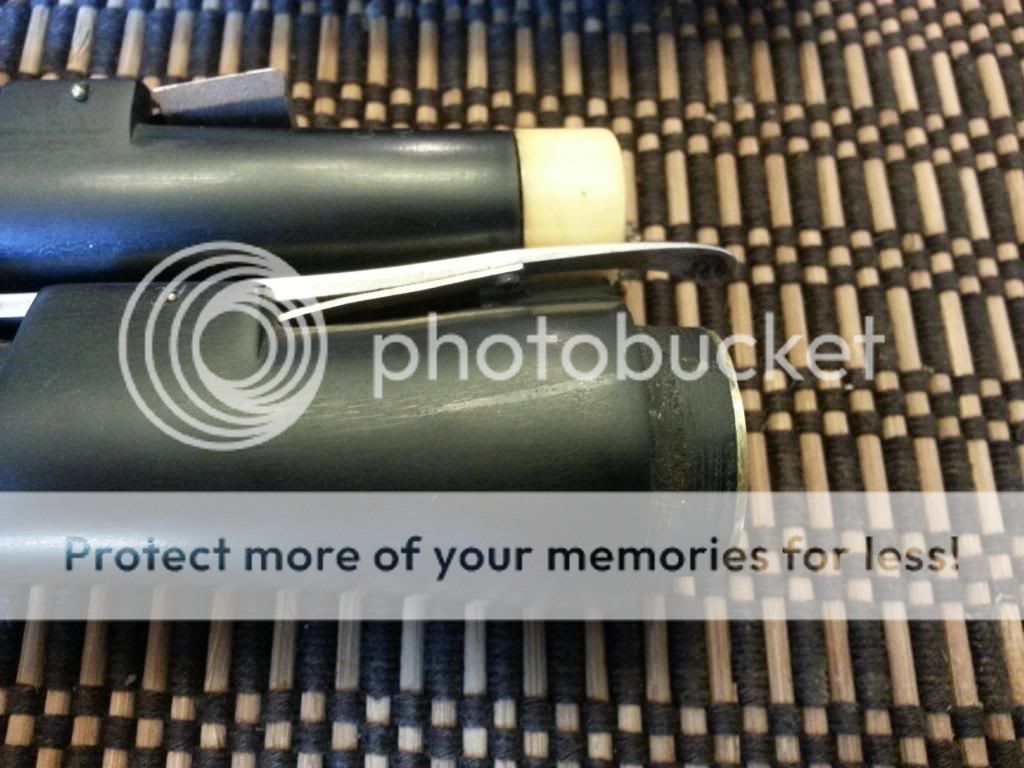
All pads were replaced and leveled to fit the tone holes.
Cork was added to keys where needed (foot joint and f keys):
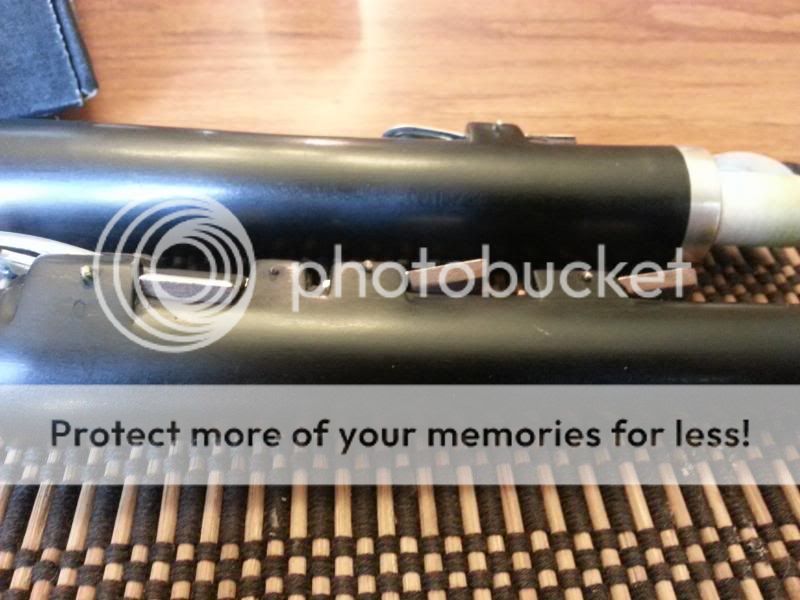
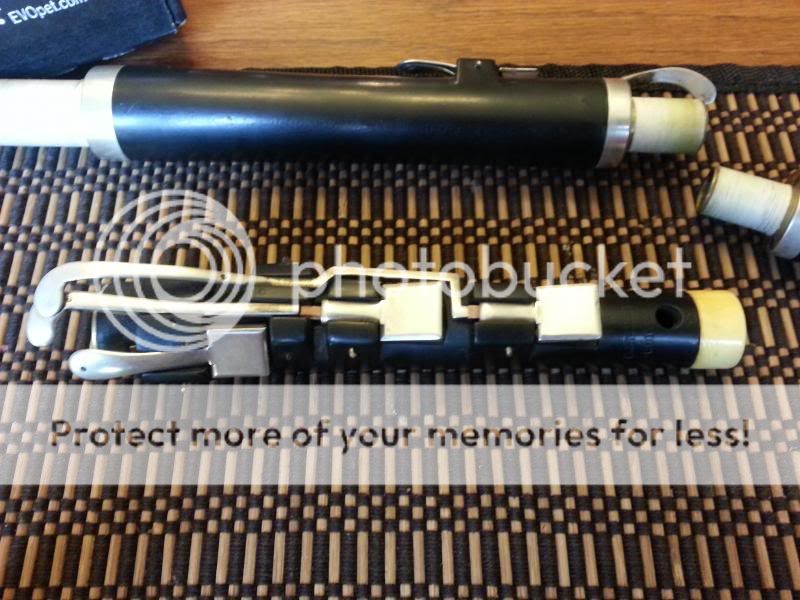
Some of the unique design aspects of this flute include the metal tenons with brass fittings, the double key touch for a single F natural hole, a venting hole after the C key on the foot joint, and the tuning lines so that each joint can be pulled out to accomodate a lower pitch. Photos of each of these are below.
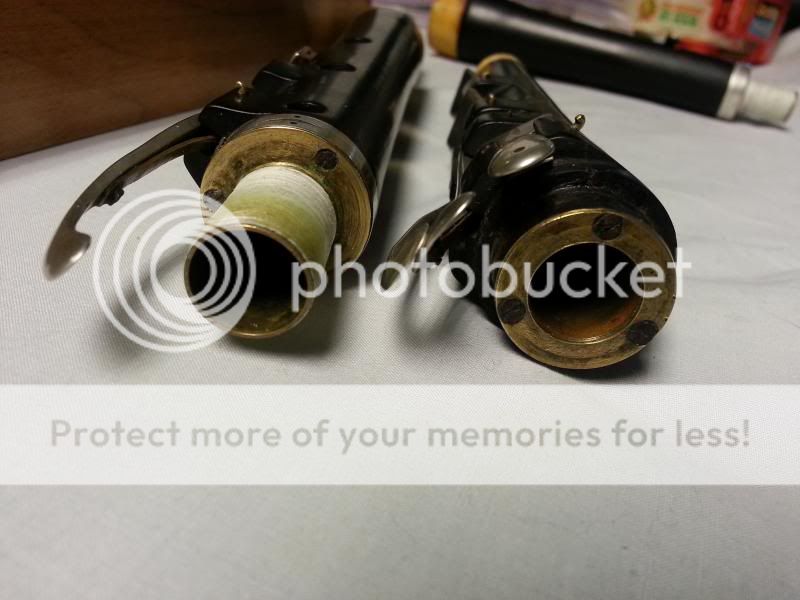
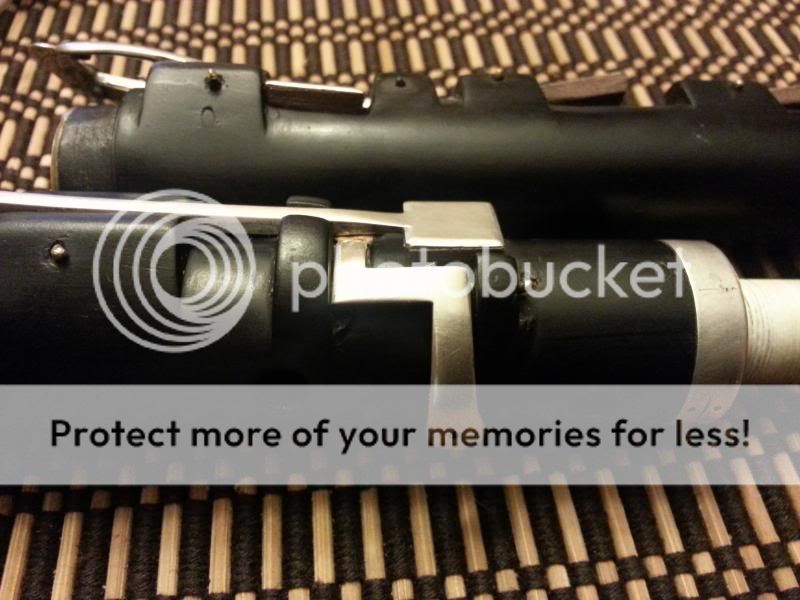
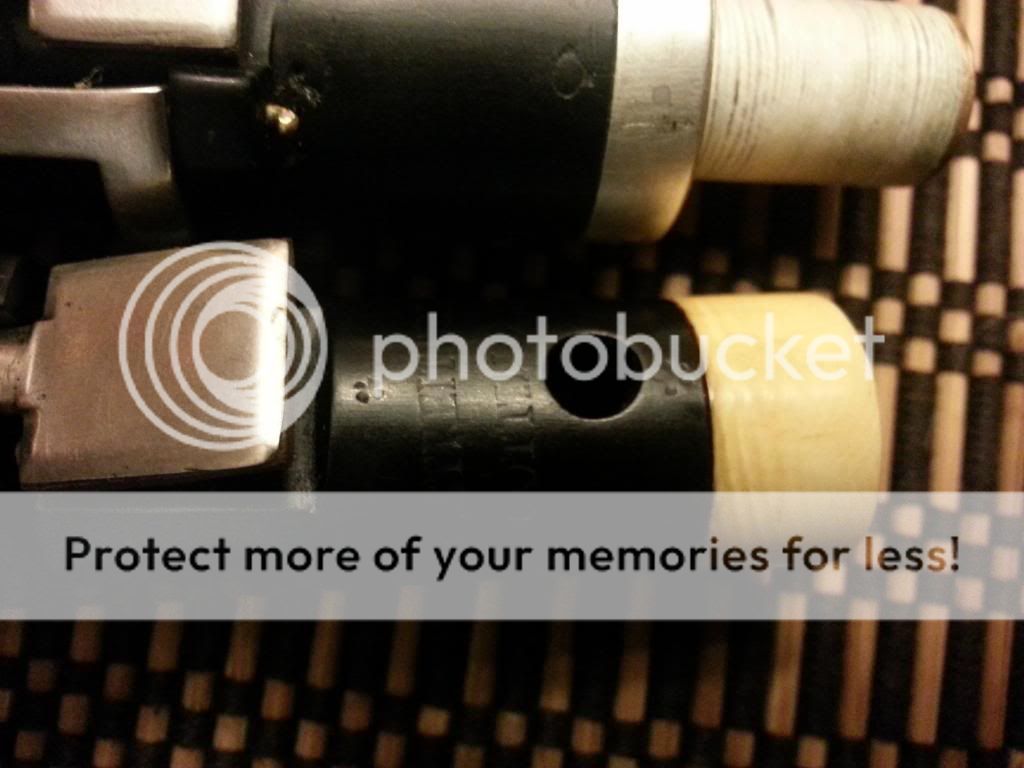
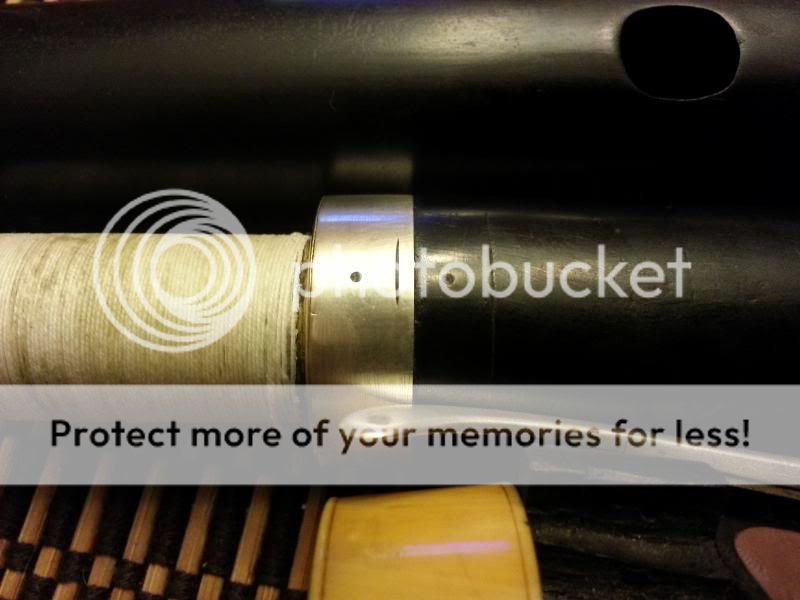

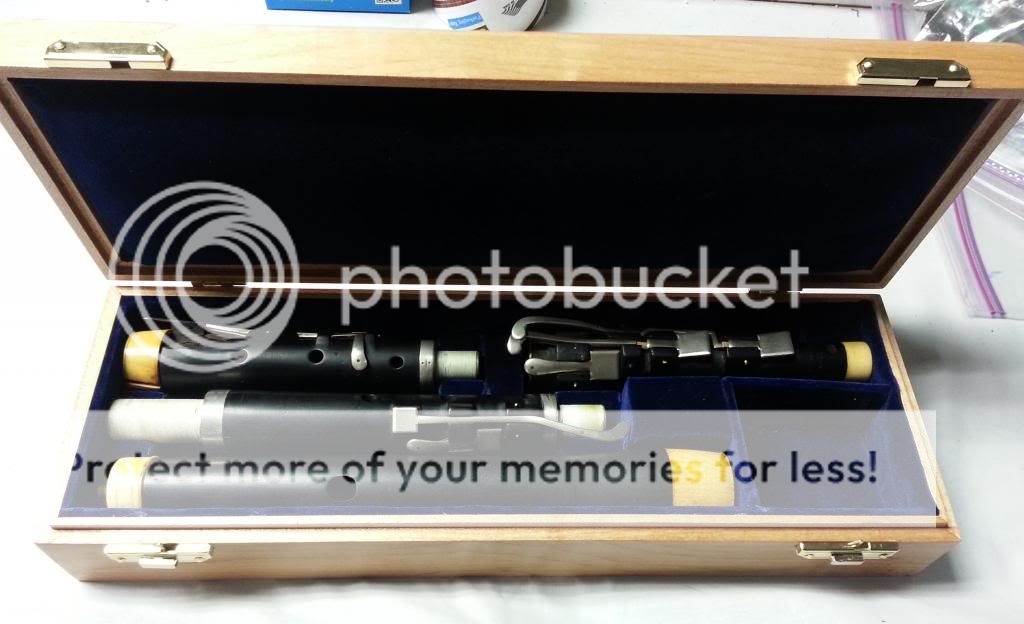
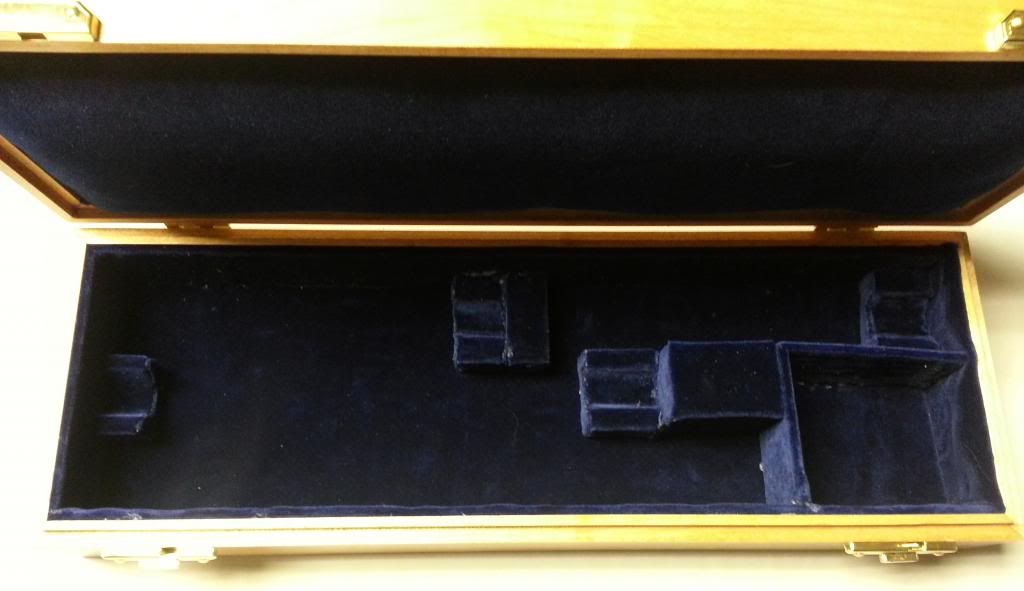

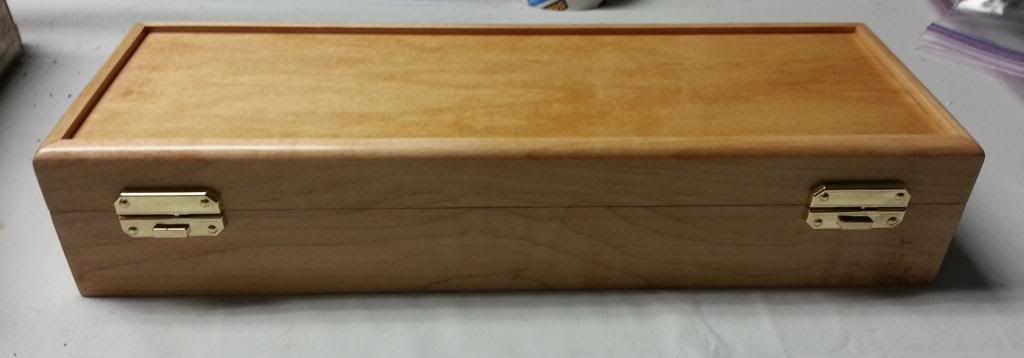
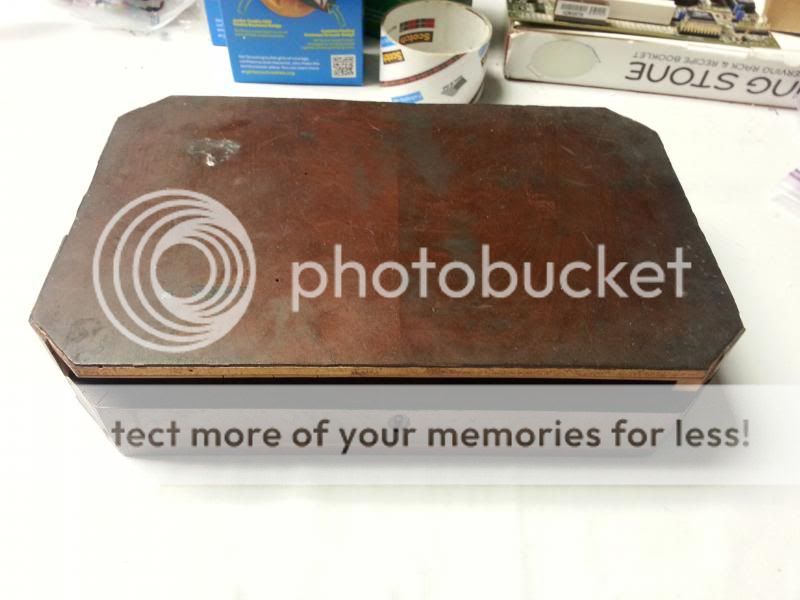
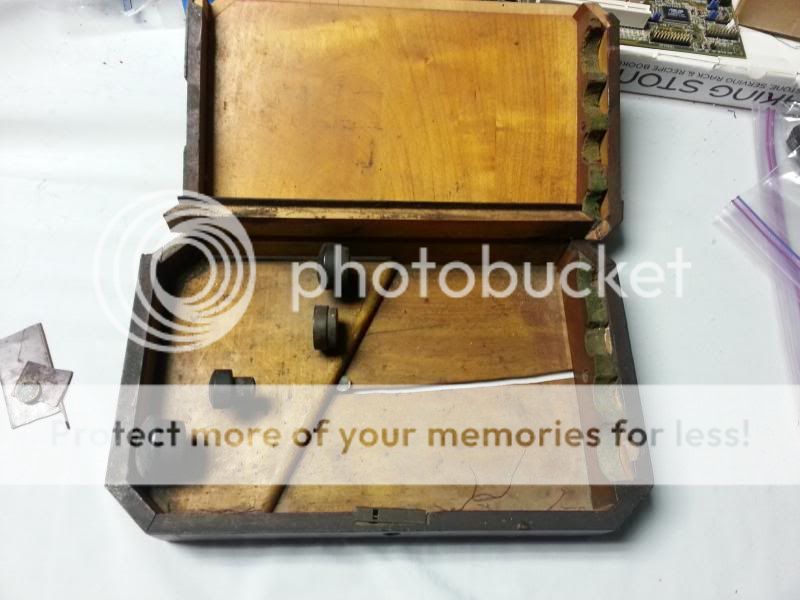

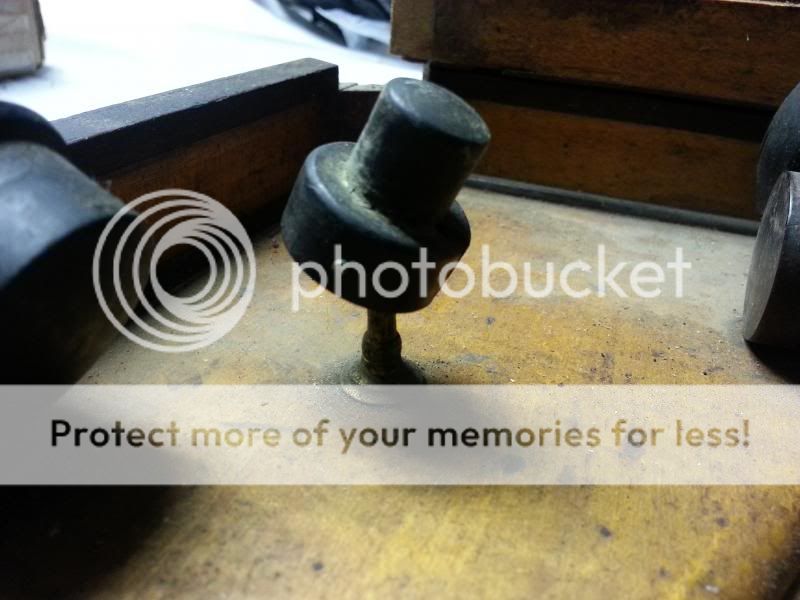


line someone had put clarinet pads on the flat keys
to replace the original pads, so I am guessing this
flute was played through the early 20th century
possibly, or someone tried to resurrect it at that
time. Gottlieb Streitwolf (1779 - 1837) lived in
Gotingen flourishing from circa 1800 to 1837. He
was a well known maker of flutes, oboes, and
clarinets, and his instruments are rare and often
found in museum collections. Streitwolf was also
known to be an innovator of instrument design and
construction, which is well represented with this
flute as you will see below.
This flute was meant to play at two pitches without
the use of a corps de rechange, evidence of which
is found on the alignment lines at the end of the two
middle joints. The tenons are completely metal, but

still wrapped with thread, and the embouchure hole
is squared, but not as rectangular as some examples
of his squared embouchure holes. The flute is
constructed of ebony. Ebony, being prone to cracks
to begin with, coupled with the metal tenons, caused
many cracks along the joint ends. The g-sharp block
mount was damaged years ago and someone leveled
out the wood and inserted a new block mount, which
was subsequently damaged years ago as well.
My goal with this flute was to clean it up, seal and fill
in the cracks, oil the wood, polish the outside, polish
the keys, re-pad, and re-wrap the tenons. The new
g-sharp block mount, key, and replacement ivory ring
will be completed by Boaz Berney in Canada.
The pictures below show the progression of filling in and sealing a very large crack in the headjoint. (Old glue cleaned out, filled and sanded smooth, and finally polished out)



Other cracks that were sealed and old pin repair holes made smooth:


All pads were replaced and leveled to fit the tone holes.
Cork was added to keys where needed (foot joint and f keys):


Some of the unique design aspects of this flute include the metal tenons with brass fittings, the double key touch for a single F natural hole, a venting hole after the C key on the foot joint, and the tuning lines so that each joint can be pulled out to accomodate a lower pitch. Photos of each of these are below.





A custom case had to be made for this flute since the original was not usable and not practical to make usable at the moment. I have a company I go with for custom sized unfinished boxes. I chose maple and a used light stain finished with a polyurethane for this one. The inside is finished with a high quality blue velvet.




The original case was quality built for its day and also has many very interesting design aspects. Instead of sitting in slots, the ends of the joints were held between the edges of the top and bottom parts of the case and the ends were held in place by pivoting wood stops. I have never seen anything like this before.





